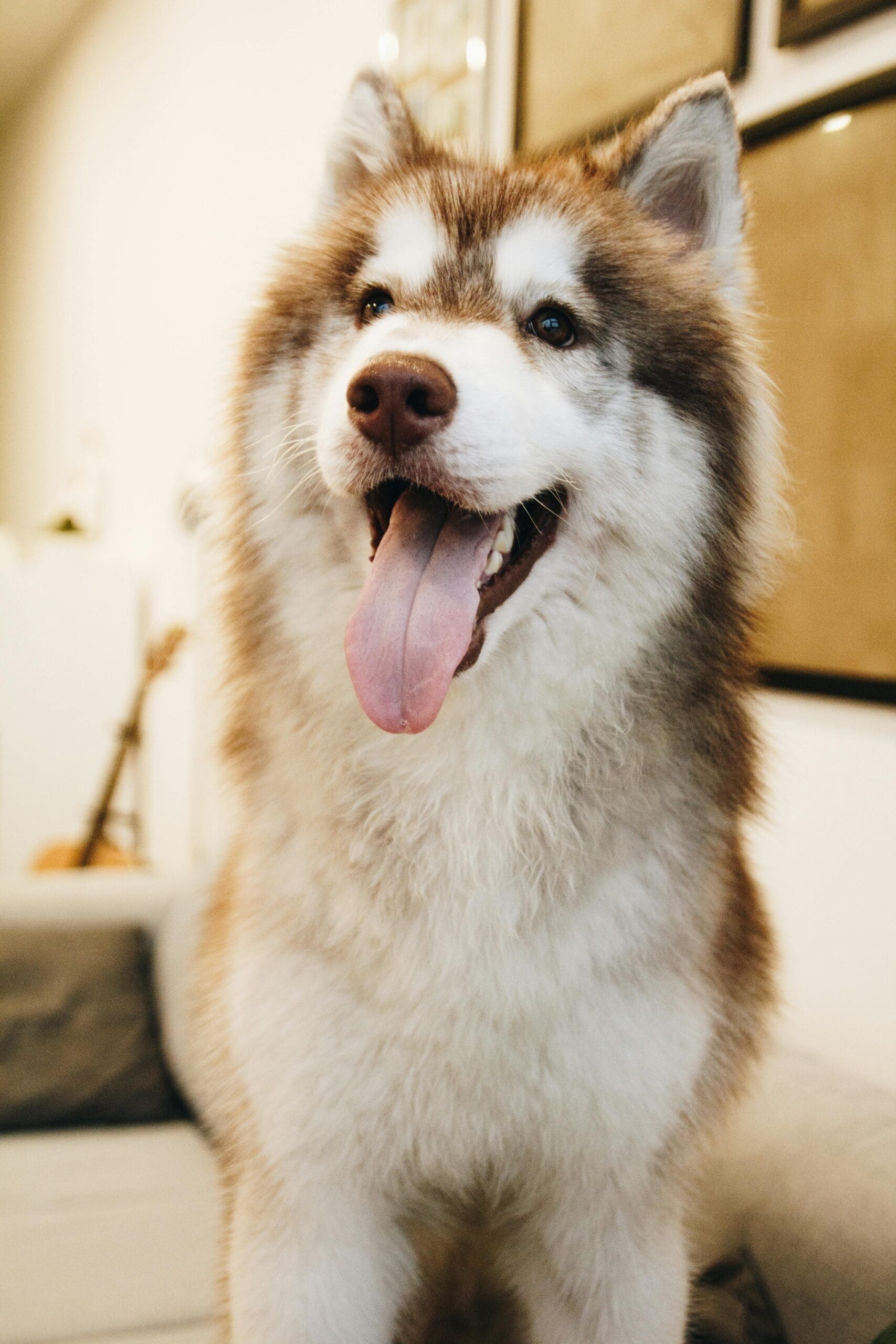What Do Dog Worms Look Like?
Post Date:
December 10, 2024
(Date Last Modified: December 10, 2024)
When it comes to our dogs, their health and happiness are paramount. Many dog owners face the unsettling reality of worms in their pets. Recognizing what dog worms look like is critical for early detection and effective treatment, ultimately making a significant difference in your dog’s well-being.
Types of Dog Worms
Worms in dogs can take various forms, each with distinct characteristics. The most common types include roundworms, tapeworms, hookworms, and whipworms.
**Roundworms** are long and thin, resembling spaghetti. Adult roundworms can grow to several inches in length, typically around 3 to 7 inches. They are usually white or tan and may be visible in your dog’s stool or vomit. If you see a worm that looks like a long noodle, it’s likely a roundworm. These parasites thrive in a dog’s intestines and can lead to malnutrition and lethargy.
**Tapeworms** differ significantly from roundworms. They are flat and segmented, resembling small grains of rice or cucumber seeds. You might find them in the fur around your dog’s rear end or in its feces. When a tapeworm segment breaks off, it can appear as a small, white, or yellowish piece. Tapeworms often result from flea infestations, making flea control essential to prevent them. These parasites can cause weight loss and digestive problems.
**Hookworms** are small and often difficult to see without a microscope. Adult hookworms measure about ½ inch long and possess a hook-like mouth that allows them to attach to the intestinal wall. They are usually red or brown, blending in with the intestinal lining. Hookworms can lead to anemia and weight loss, making early detection crucial.
**Whipworms** are another type that affects dogs. Their whip-like shape features a thicker end and a long, thin tail, with adults typically measuring about 2 to 3 inches in length. These worms reside in the large intestine, causing severe irritation. Symptoms of whipworm infestation include diarrhea, weight loss, and lethargy. Detection often requires veterinary examination.
Recognizing Symptoms of Worm Infestations
While visual identification of worms may not always be possible, certain symptoms can signal an infestation. Excessive scratching at the rear, a bloated abdomen, or changes in appetite—either increased or decreased—can indicate worms. Other signs include vomiting, diarrhea, or weight loss. If you notice any of these symptoms, consulting a veterinarian is essential for proper diagnosis and treatment.
Preventing Worm Infestations
Preventing worms involves a combination of regular veterinary check-ups, maintaining hygiene, and keeping your pet’s environment clean. Regular deworming, as recommended by your veterinarian, plays a crucial role in preventing infestations. Additionally, a flea prevention program is essential, as fleas are the primary carriers of tapeworms.
Maintaining a clean environment is vital. Regularly cleaning up your dog’s waste and providing a tidy living space can minimize the risk of worms. If your dog frequently interacts with other dogs at places like parks or daycares, ensure it is up to date on vaccinations and deworming.
The Importance of Education
Familiarizing yourself with the appearance and symptoms of various types of worms is empowering. If you suspect your dog may have worms, reaching out to your veterinarian is key. They can perform necessary tests and recommend appropriate treatments to ensure your dog stays healthy.
Ongoing Care and Monitoring
Regular veterinary check-ups help identify potential health issues early. During these visits, your vet can perform fecal exams to check for worms. If found, they will recommend a tailored treatment plan, often involving deworming medications that effectively eliminate the worms.
It’s important to monitor your dog’s health between visits. Noting any changes in behavior, appetite, or energy levels can be crucial indicators of health issues, including worm infestations. If you have other pets, consider their health too, as worms can be contagious. Keeping all pets on a regular deworming schedule helps create a healthy environment for everyone.
Supporting Your Dog’s Health
Proper nutrition plays a significant role in maintaining your dog’s overall health. Providing a balanced diet and fresh water strengthens its immune system against potential infestations. While worm infestations can be alarming, they are treatable and often preventable. Being proactive about your dog’s health, understanding what dog worms look like, and recognizing the signs of an infestation are key steps to ensuring your furry friend remains healthy. If you have any concerns about your dog’s health, consult your veterinarian for guidance on keeping your pet safe from worms and other health issues.
Taking care of a dog involves responsibilities, including being aware of potential health threats. Understanding the appearance and symptoms of dog worms allows you to act swiftly, ensuring your dog receives the care it needs. A healthy dog is indeed a happy dog, and your attentiveness can significantly impact your pet’s life.






